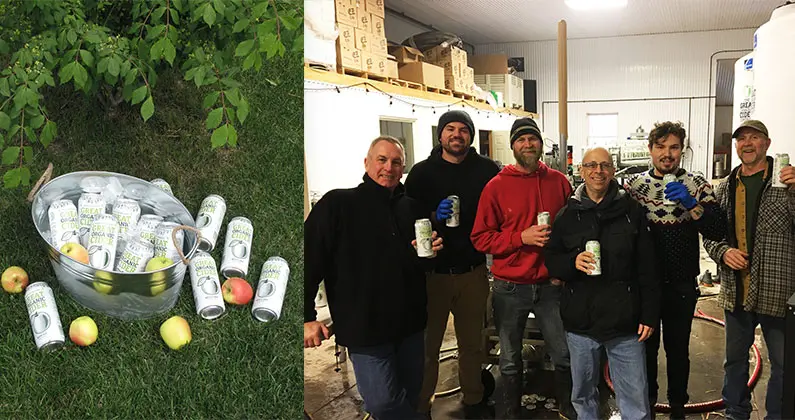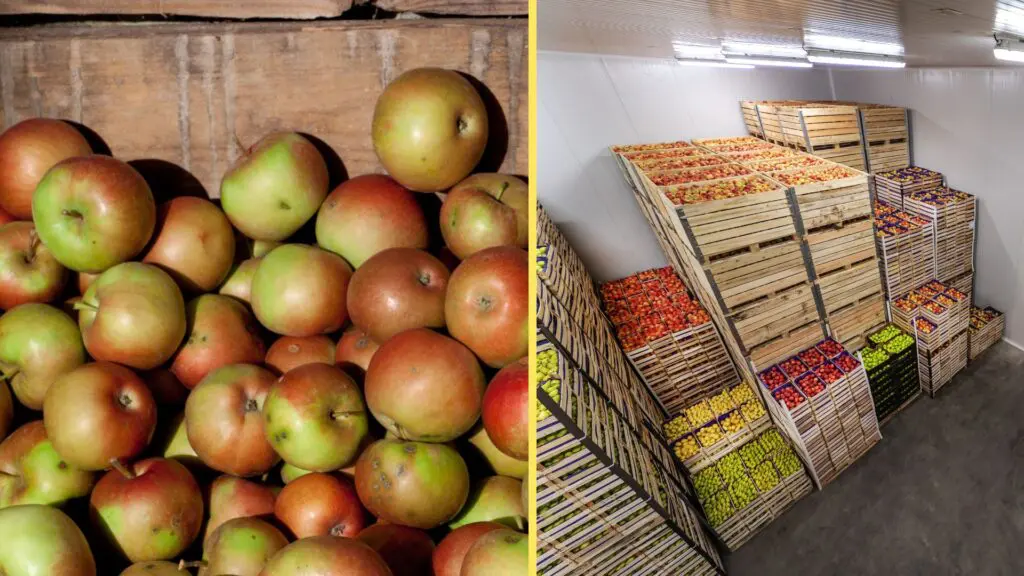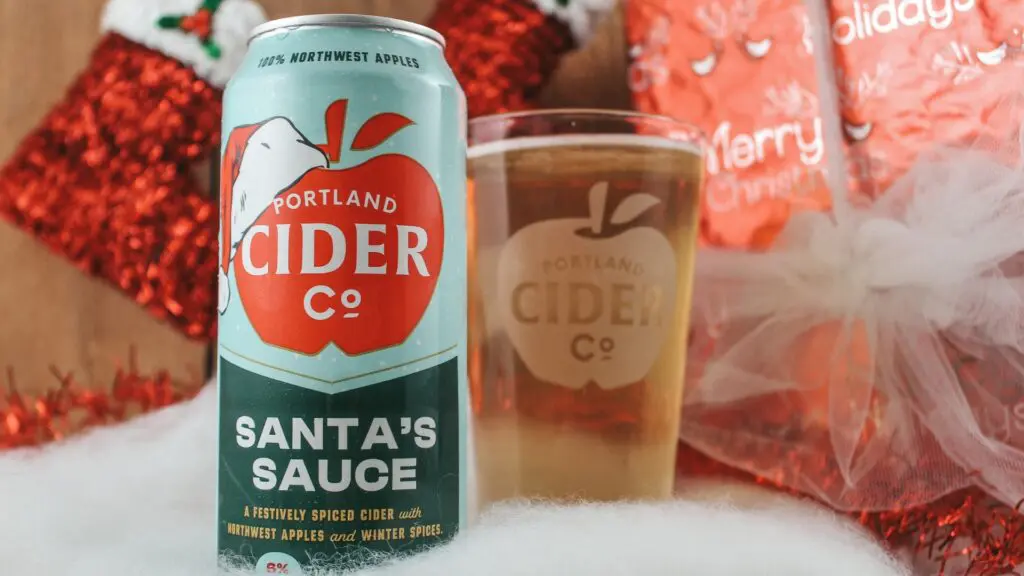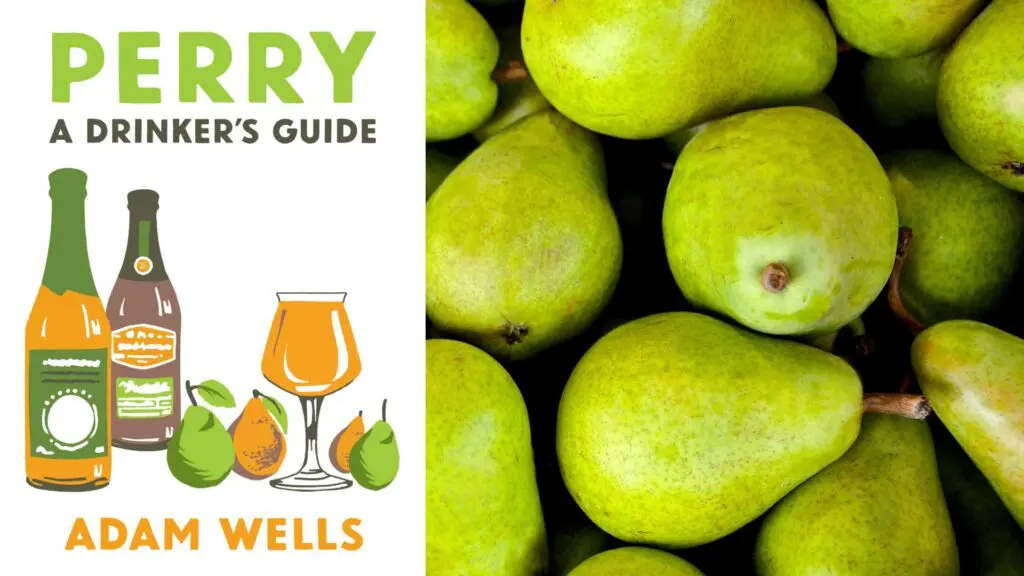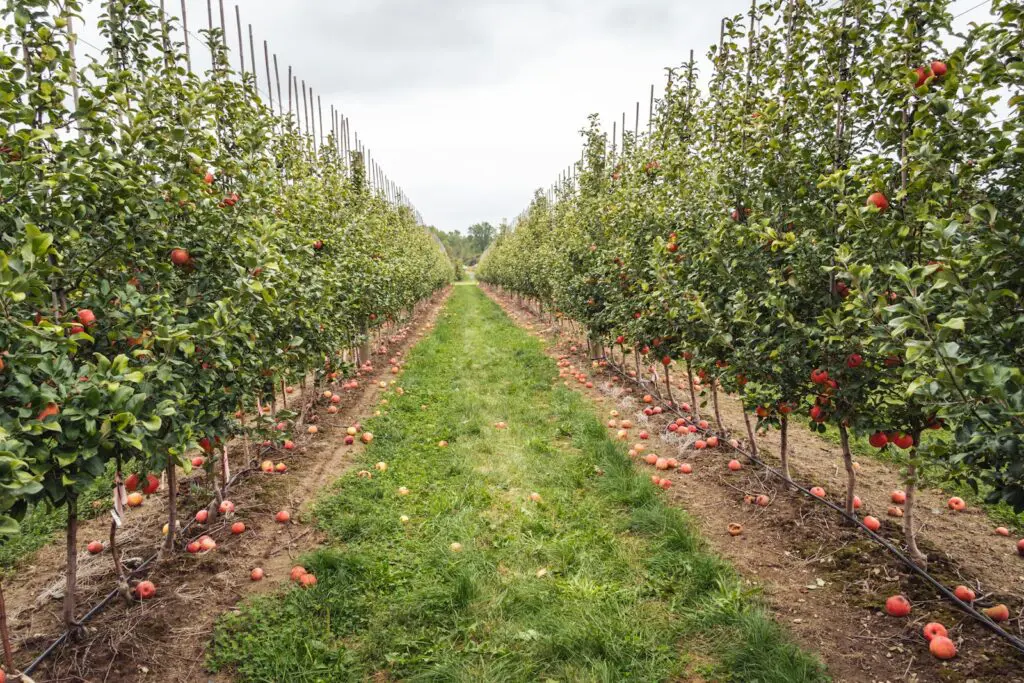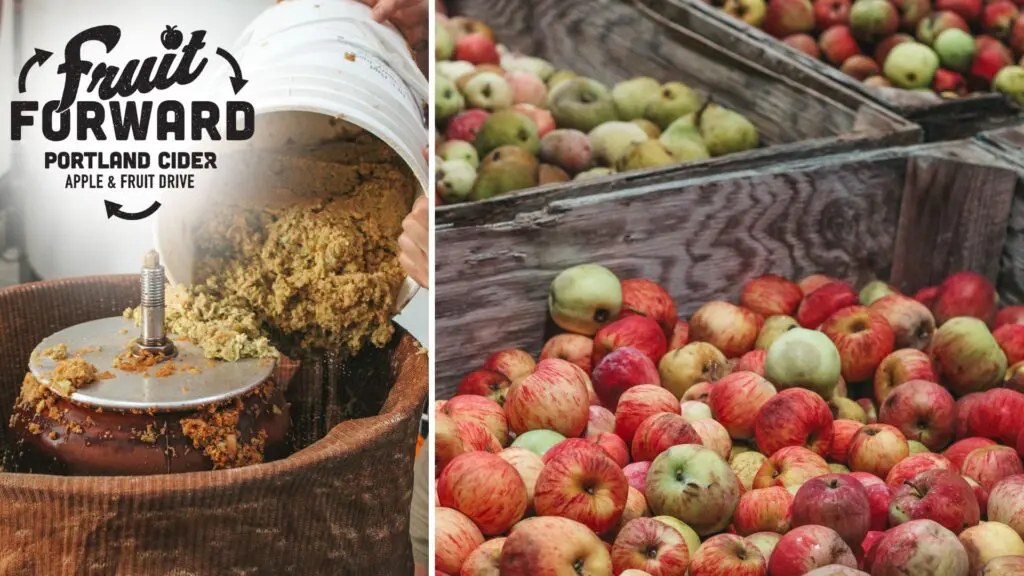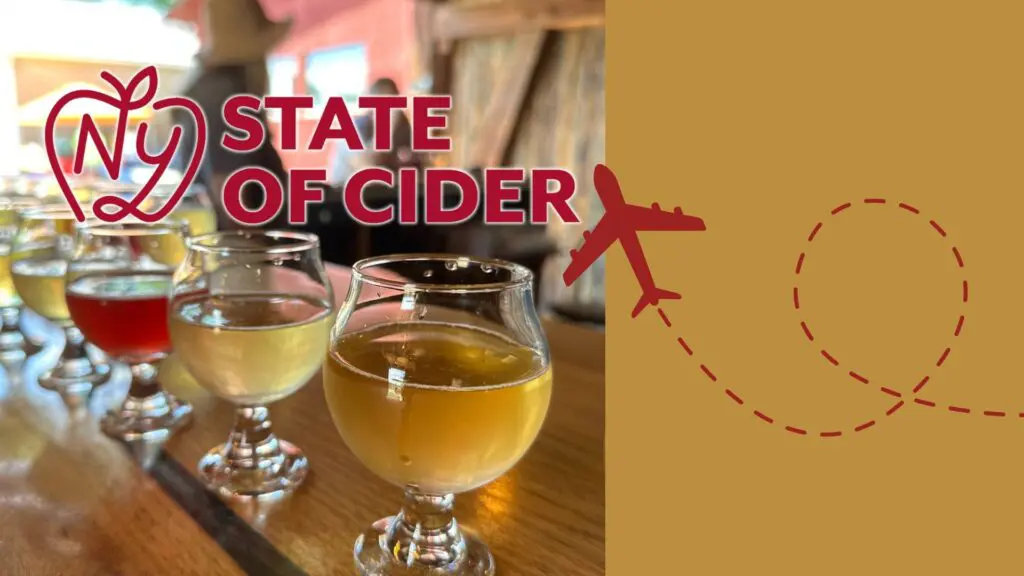What do you get when you combine decades of marketing experience with cider? For Great Canadian Cider Co. in Collingwood, Ontario, it’s a mission to craft regionalized cider and the creative genius to do so. Founding partner Steve Roper, an award-winning creative marketing director, set his sights on cider after 40 years in the marketing industry. The Great Canadian Cider Co. was soon born, with a mantra to “be local, be sustainable and give back” to the community. Taste buds across Canada would agree these values are indeed necessary ingredients for a great pint of cider. That, and of course, local organic apples from the Beaver Valley near Georgian Bay along the Niagara Escarpment. We chatted with Roper to understand how the Great Canadian Cider Co. is staying true to its roots and branching out in the name of cider.
Cidercraft: Tell us about your beginnings in cider.
Steve Roper: The fundamental beginning of the idea was very business-like. My partner and I had been working together at that point for 25 years and wanted to start something new. We had been making an organic ice cider for five years to learn some of the ins and outs of the cidermaking business on a small scale and had seven acres of orchards converted to organic for that purpose in Rougemont, Québec. We discovered that no one was making an organic cider in Ontario and I had recently built a home in the middle of apple country in Collingwood on Georgian Bay. In early 2016, I took the Peter Mitchell course in Mount Vernon [Washington State] and came home to look for a cidermaker. Award-winning cidermakers Michael and Mark Vansteenkiste [of Twin Pines Orchard & Cider House] agreed to work with us. We wanted to create a cider that would compete with fine white wines and we feel we succeeded.
CC: Why fine white wines, specifically?
SR: My wife has long been a Sauvignon Blanc drinker, so I personally wanted to make a cider which could compete upwards, and I wanted to use as little sulfites as possible. I feel that cider [is marketed] towards beer in Ontario rather than towards wine, which we are technically classified within governmentally. We use a white wine yeast and pasteurize our cider rather than adding sulfites. We are as close as possible to not having to list sulfites on the label as we are only trying to have naturally occurring sulfites in our ciders. That’s why we say, “If it doesn’t happen naturally, it doesn’t happen at all.”
CC: You support local growers. What does community mean to you as a producer?
SR: Our goal from the very beginning was to create regionalized ciders across Canada, hence [our] name. For example, our Ontario ciders are made from locally grown varietals, including our hops and our cranberries. We hire local mobile canning units and attend and support local events. Our expansion into Québec later this year will use the same business model, using Québec varietals and employing local contractors to make local regionalized ciders.
CC: What’s on the horizon?
SR: In February, our flagship Nice & Dry cider was given the go-ahead to begin distribution in the LCBO Stores of Ontario as the first commercially available certified-organic cider. It has been a success in our view and has created an entirely new market. We are now planning our first ciders using our same attention to detail methods with conventional apples. We believe that how we make our ciders will resonate with a large segment of the market: naturally-aged ciders which use the apples to guide the way and then adding only the simplest ingredients to highlight the apple varietals.

